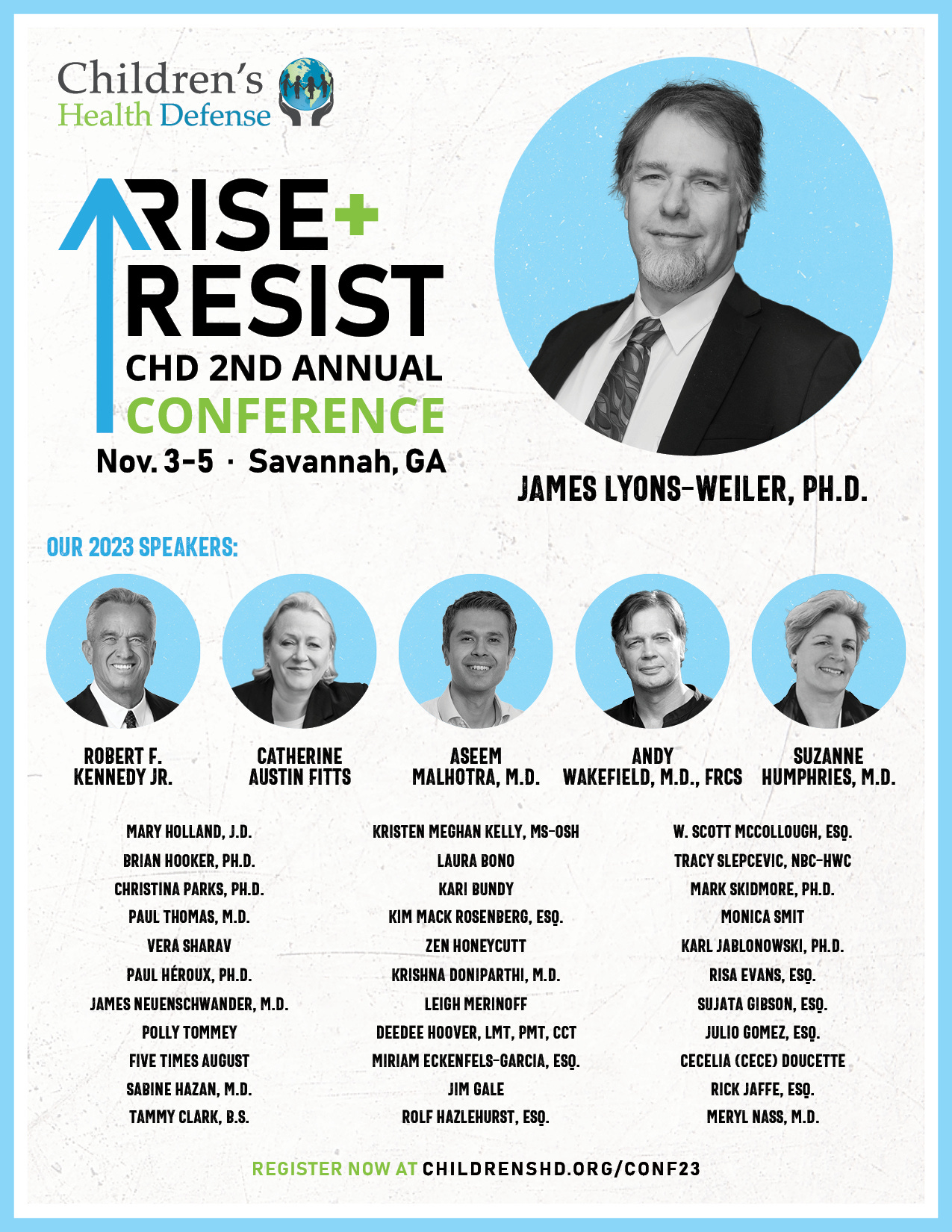Study Finds Common Herbicides are Placing Our Childrens' Mental Wellness at Risk. A Call to Action.
Discover groundbreaking research on how herbicides like glyphosate and 2,4D are affecting our children's brain functions.
The health of our children is a subject that unites us all, transcending borders and beliefs. Today, we delve into a groundbreaking study that uncovers the hidden dangers of common herbicides and their impact on adolescent neurobehavioral performance. This is not just another newsletter; it's a call to action for the well-being of our future generations.
The Alarming Findings
The Herbicides in Your Backyard: What the Latest Research Reveals
You may think that herbicides like glyphosate and 2,4D are just tools to keep your garden pristine, but the latest research suggests otherwise. A study led by the Herbert Wertheim School of Public Health at the University of California San Diego has unearthed some startling facts:
- Glyphosate: Detected in 98% of adolescents studied, this herbicide is virtually omnipresent. More alarmingly, it's linked to lower scores in social perception, a critical skill for emotional intelligence and human interaction.
- 2,4D: Found in 66% of participants, this herbicide is associated with lower neurobehavioral performance in areas such as attention, memory, and language skills.
**Call to Action**: Want to know more? Click here to read the full study and arm yourself with the knowledge to make informed decisions.
The Bigger Picture
Beyond the Study: What Other Research Tells Us
The study from the Herbert Wertheim School of Public Health is not an isolated voice in the wilderness; it's part of a growing chorus of scientific inquiry. Here are some other studies that echo these findings:
- Urinary Pesticide Concentrations Among Children, Mothers and Fathers Living in Farm and Non-Farm Households in Iowa: This study also found glyphosate in urine samples, highlighting the widespread exposure to this herbicide. [Read more: https://oa.mg/work/10.1093/annhyg/mel062]
- Prenatal and Childhood Exposure to Pesticides and Neurobehavioral Development: This review of epidemiological studies emphasizes the risks pesticides pose to neurobehavioral development in children. [Read more” https://oa.mg/work/10.2478/v10001-008-0014-z]
- A Case for Revisiting the Safety of Pesticides: This article calls for a new approach to pesticide safety assessments, challenging the status quo. [Read more: https://oa.mg/work/10.1289/ehp.7940]
Knowledge is power. Dive deeper into these studies to understand the full scope of the issue. Your awareness can be the first step toward change.
The Urgency of Now
Why We Can't Afford to Wait: The Rising Tide of Mental Health Issues
The urgency of this issue cannot be overstated. In a world where 20% of adolescents and 26% of young adults are grappling with diagnosable mental health conditions, we must consider all contributing factors. The chemicals we introduce into our environment could be silent players in this unfolding crisis.
Act now. Share this information with your community, your schools, and your policymakers. Your voice can make a difference.
Your Role in the Solution: Steps You Can Take Today
We've armed you with knowledge, but knowledge alone is not enough; it must be accompanied by action. Here's what you can do:
1. Further Research: Stay updated with the latest studies and understand the full spectrum of risks associated with these chemicals.
2. Policy Changes: Advocate for stricter regulations on herbicide use. Write to your local representatives and make your voice heard.
3. Public Awareness: Use your social platforms to share this newsletter and other credible information. The more people know, the more they can do.
4. Personal Choices: Opt for organic produce and natural alternatives to chemical herbicides. Your choices can set an example for others to follow.
Don't just be a spectator; be a catalyst for change. Click here to download a toolkit with templates for advocating policy changes.
Conclusion
The health of our future generations and the integrity of our ecosystems are at stake. Let's turn your new knowledge into a catalyst for transformative change.
Related Course:
Find the on-demand course “Environmental Toxicology: Ecosystem and Human Health”






If your local authority is not willing to consider alternatives then campaign for marker dye and adequate signage. After walking unaware through wet herbicide in a local reserve I suffered a severe skin reaction as it is a contact irritant. My local council was unwilling to discontinue herbicide use, but they now use marker dye and better signage. The dye results in less product being used, safer application as the operator can see the spray and allows the public to avoid sprayed areas.
I failed to find the study link in: "**Call to Action**: Want to know more? Click here to read the full study and arm yourself with the knowledge to make informed decisions."